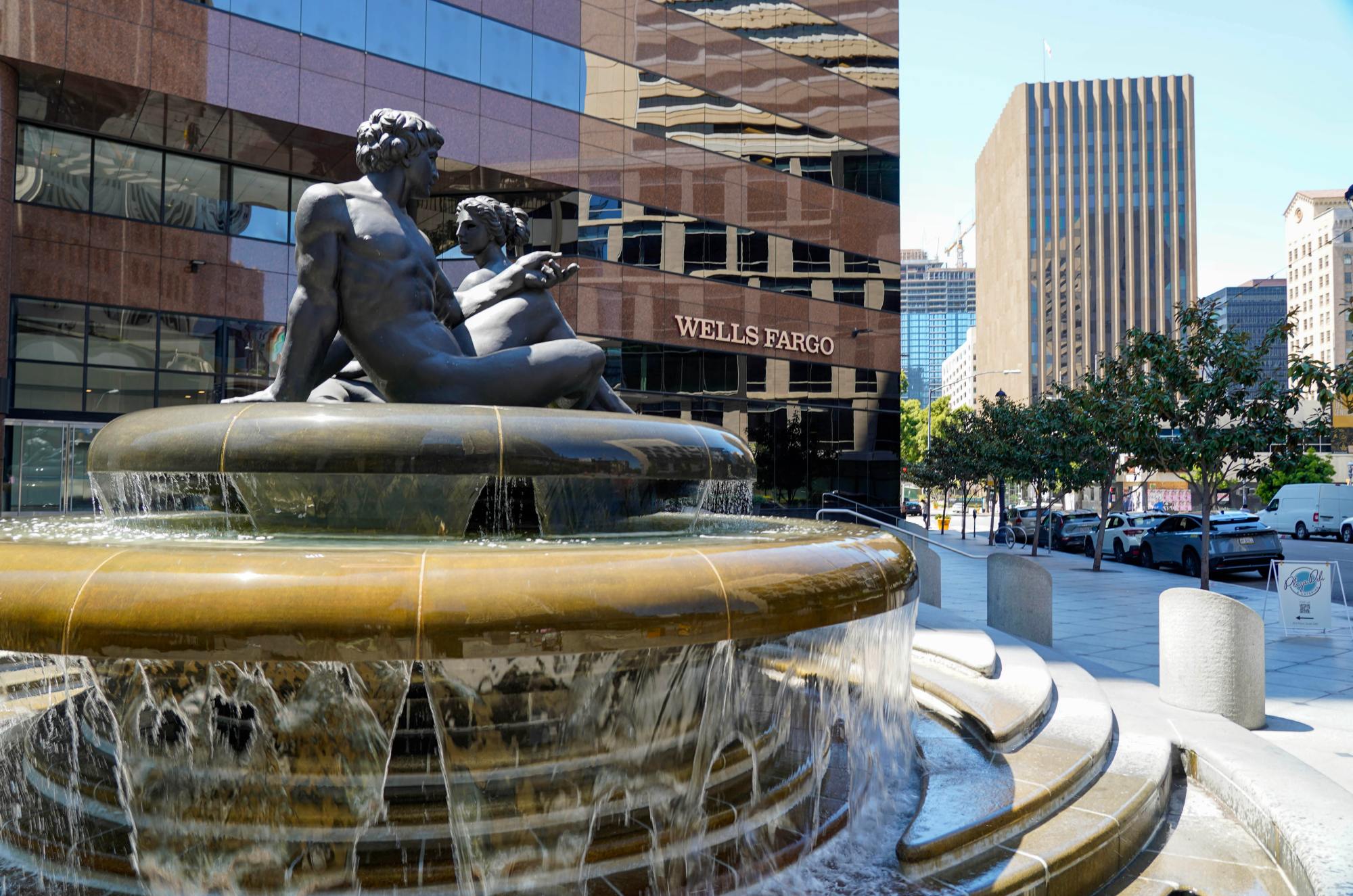Fairgrounds 2050: State institution to craft new plan for 324 acres of land
Talked about at a high level for years, the future of the Del Mar Fairgrounds may actually come into focus over the next two years with the state institution that owns the land now laying the groundwork to complete a new master plan for its expansive real estate by 2027.
Earlier this month, the 22nd District Agricultural Association kicked off a countywide public outreach effort as part of a master-planning initiative that it’s calling Fairgrounds 2050.
The effort, still in its earliest stages, is designed to dream up a new future for 324 acres of land — including the fairgrounds and two adjacent sites — that will be realized in full, as the name implies, in 2050.
“This is a big, big thing that we’re we’re talking about,” said Tristan Hallman, the chief communications officer for the Del Mar Fairgrounds. “We’ve been here for nearly a century, and we’re really interested in ensuring that we are here for another century.”
The 22nd District Agricultural Association, which was formed by the state in 1891, operates three different sites on behalf of California and generates most of its own revenue through events, including the annual San Diego County Fair. The institution’s real estate portfolio, which is not subject to local zoning restrictions, includes the 212-acre fairgrounds main campus along Via de la Valle, the 48-acre Surf & Turf recreational area opposite Jimmy Durante Boulevard, and a 64-acre equestrian center, known as the Del Mar Horsepark, that is two miles east of the fairgrounds.
The master-planning initiative is more than five years in the making and has proceeded in fits and starts. In December 2022, for instance, the 22nd DAA hired a consultant to conduct a feasibility analysis and identify the best use of its facilities. That work has since been tabled, with the institution now headed in a different direction.
“We’re shifting our philosophy to some degree, because the board wants this done in the right way — in a way that is community led, not developer led,” Hallman said, “So that’s really the goal of this, making sure that we have public input, public buy-in, public interest on what happens to this unique asset that we have.”
As it stands, the future of the fairgrounds is intentionally undefined, although everything from hotels and housing — subsidized housing in particular — to shops, restaurants and office space and hotels could make its way into the master plan. There are only two nonnegotiables from a land-use perspective. The master plan must allow for the annual fair to continue, and the fairgrounds main campus must be able to continue to serve as an emergency resiliency center.

The blanks will be filled in as the 22nd DAA marches along its road map to a master plan. In September, the state institution’s nine-member board adopted 16 guiding principles to help inform the process. Those principles, which define the aforementioned must-haves, also identify low-cost hotels, revenue generation and increased coastal access as essential elements of any future master plan.
Now, it is embarking on an awareness campaign and listening tour.
The current phase includes pit stops at each of the 18 cities in the county, as well as visits to other regional agencies and industry associations. The effort started April 1 with a representative from consulting firm Southwest Strategies presenting the Fairgrounds 2050 initiative to National City’s council members.
The listening phase also involves a countywide survey, to be released later this year, to solicit feedback from the general public. The tour includes five public workshops, likely hosted between August and October, with one in each of the county supervisor districts.
“It’s a lot about raising public awareness at this point. And then I think we’ll get to the actual land uses probably in 2026,” Hallman said.
The idea, he said, is to use the input to define the land-use parameters and then launch a design competition where architectural firms across the world would compete, through a solicitation process, to ink the master plan. From there, the board will undertake the state-mandated environmental review of the plan.
The process, Hallman said, will hopefully culminate in 2027 with certification by the California Coastal Commission, which has jurisdiction over improvements.
While the planning effort seeks to replace the existing 2008 master plan with something transformational, the district is not eliminating any of its current attractions or activities anytime soon.
Any future master plan will likely be implemented in phases over more than two decades. And, as it stands, horse racing continues to be an important part of the organization’s current business model. Each year, the Del Mar Thoroughbred Club pays $1.2 million in rent. In addition, food and beverage sales associated with horse racing net the state institution another $3.1 million in 2024 with help from the Breeders’ Cup.
Categories
Recent Posts











